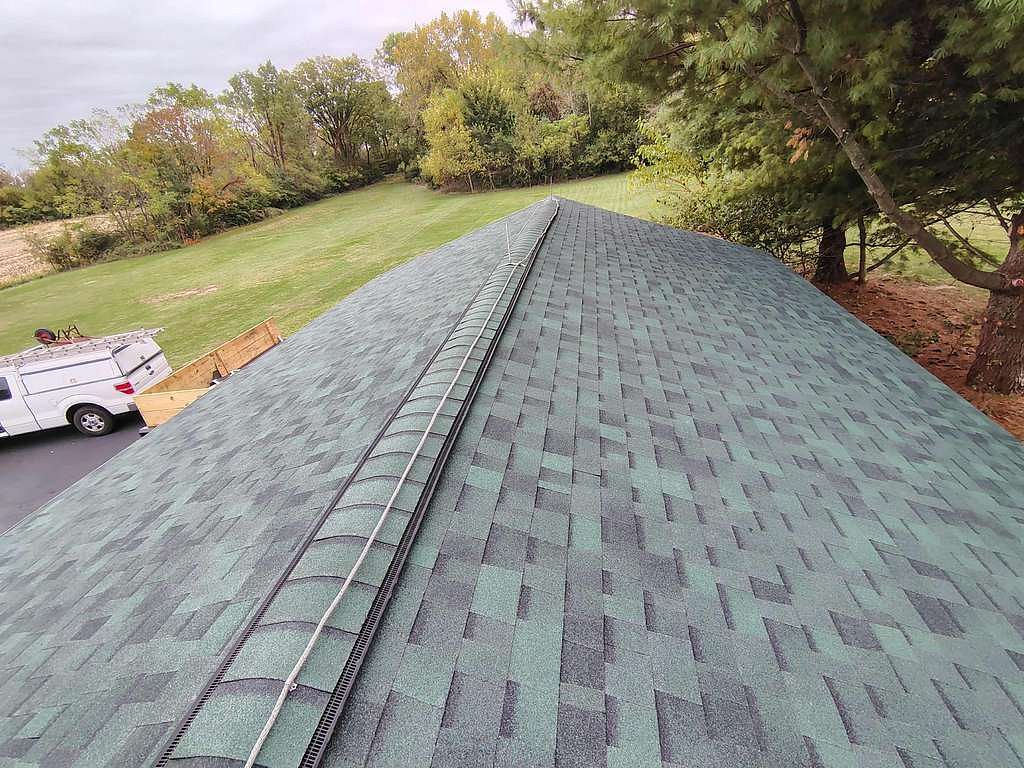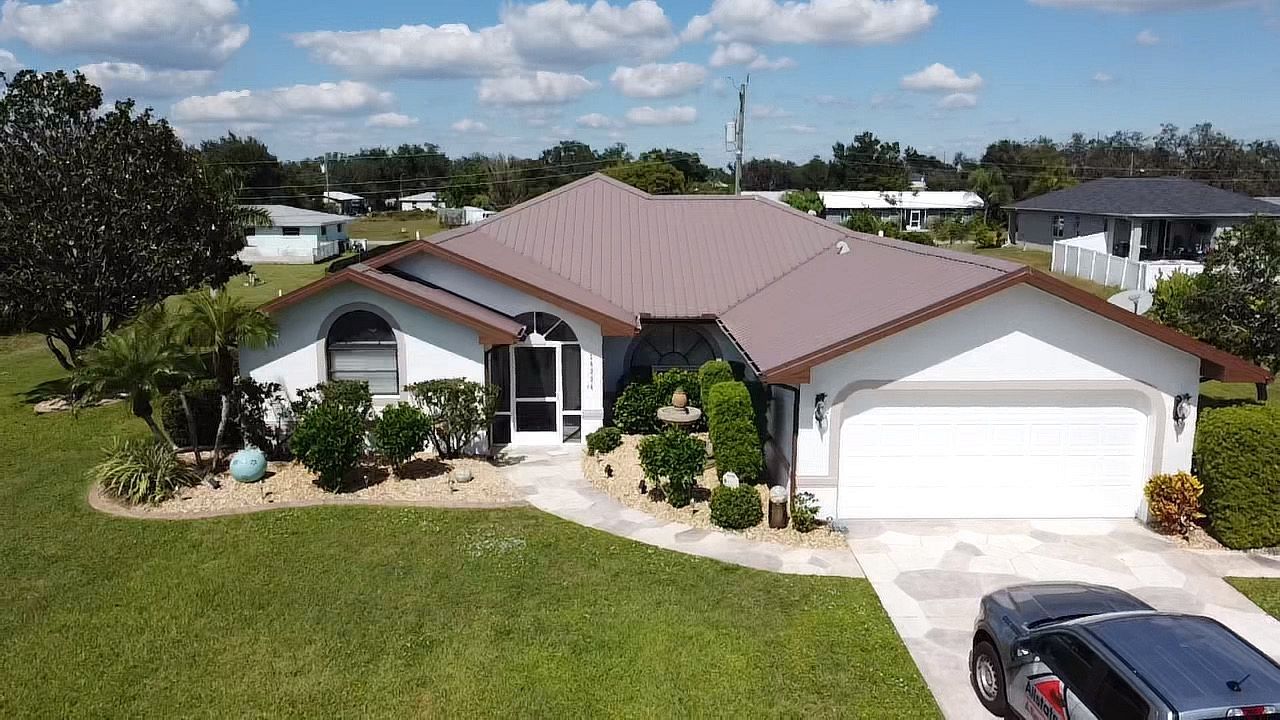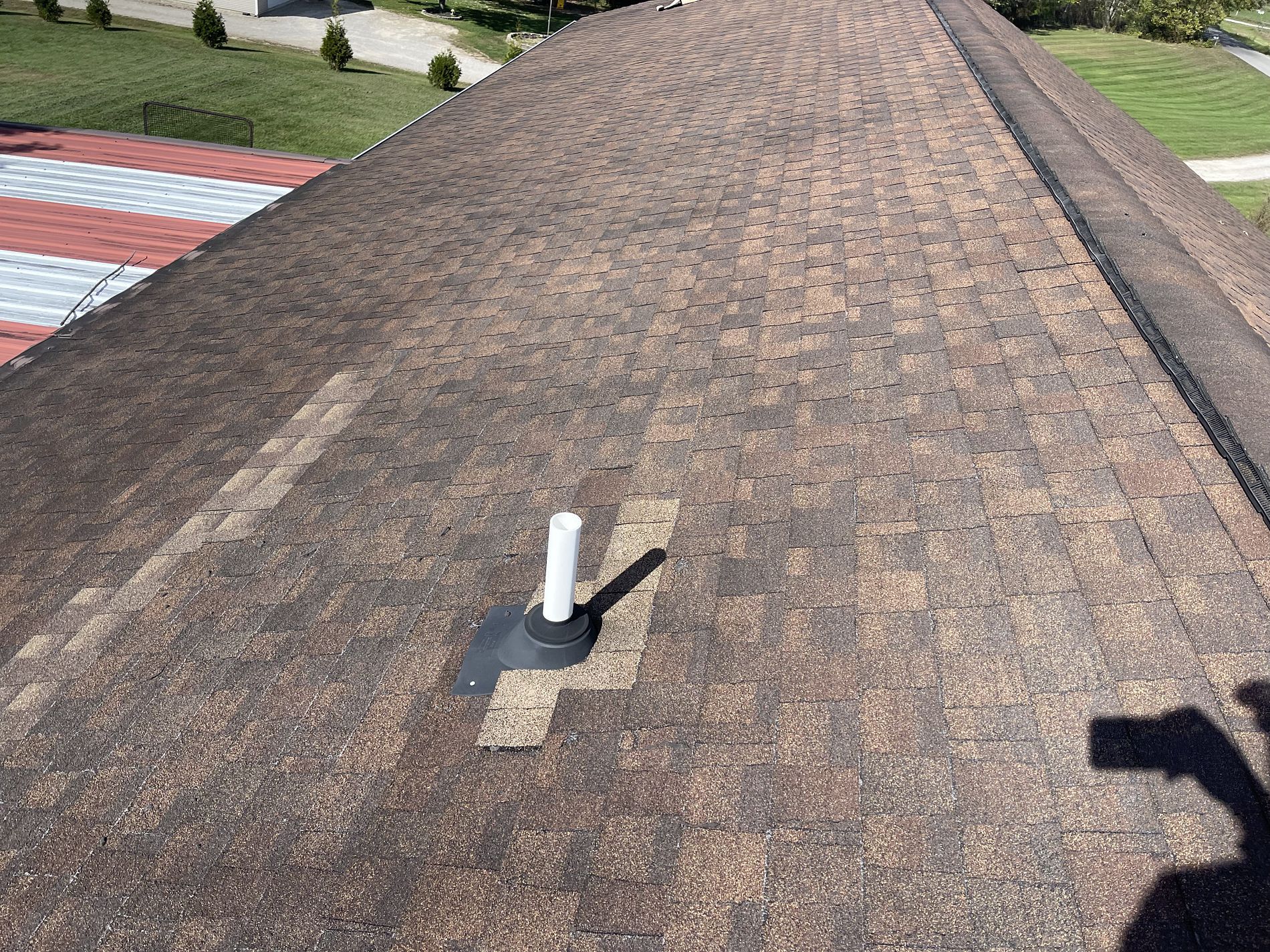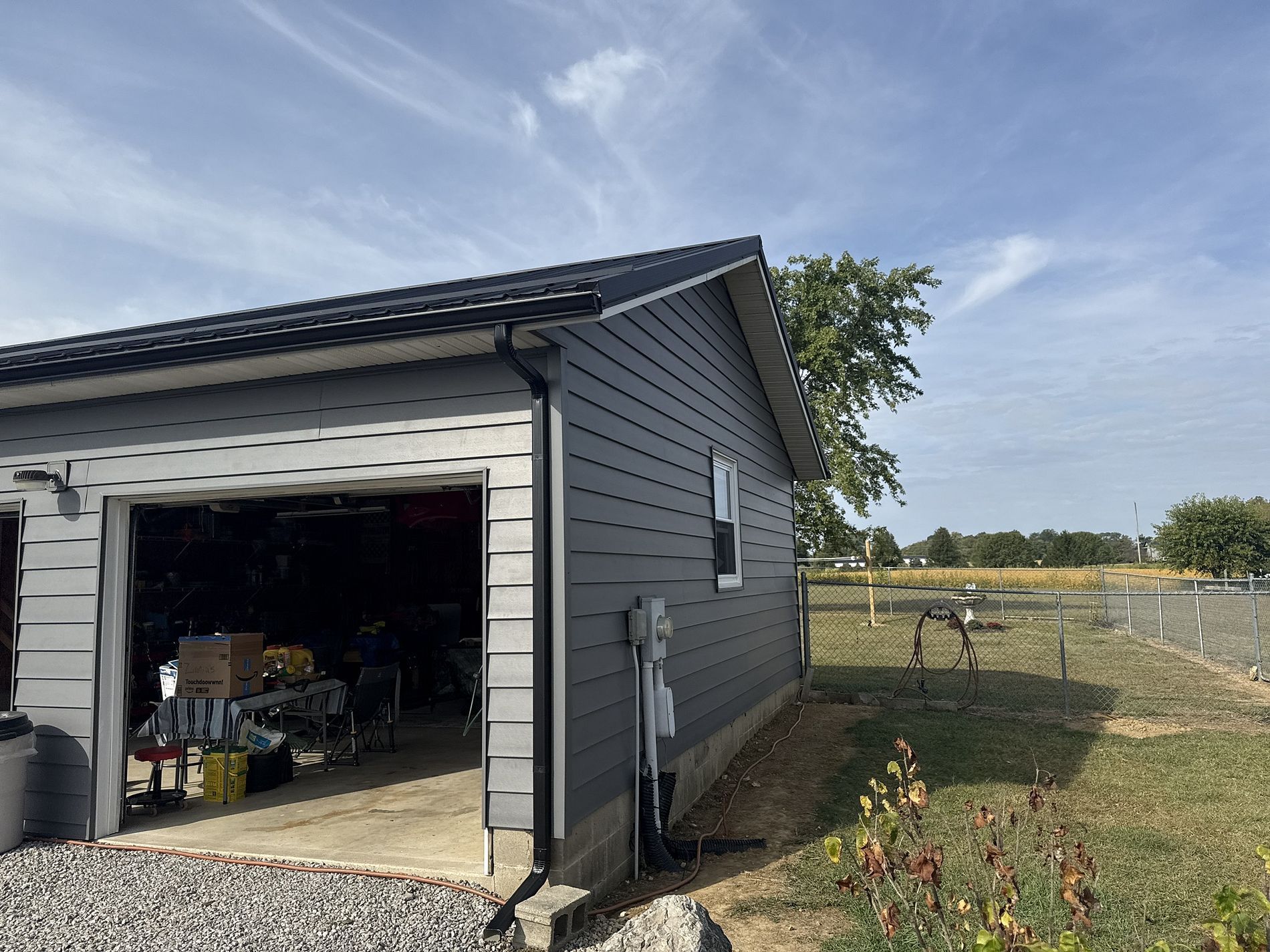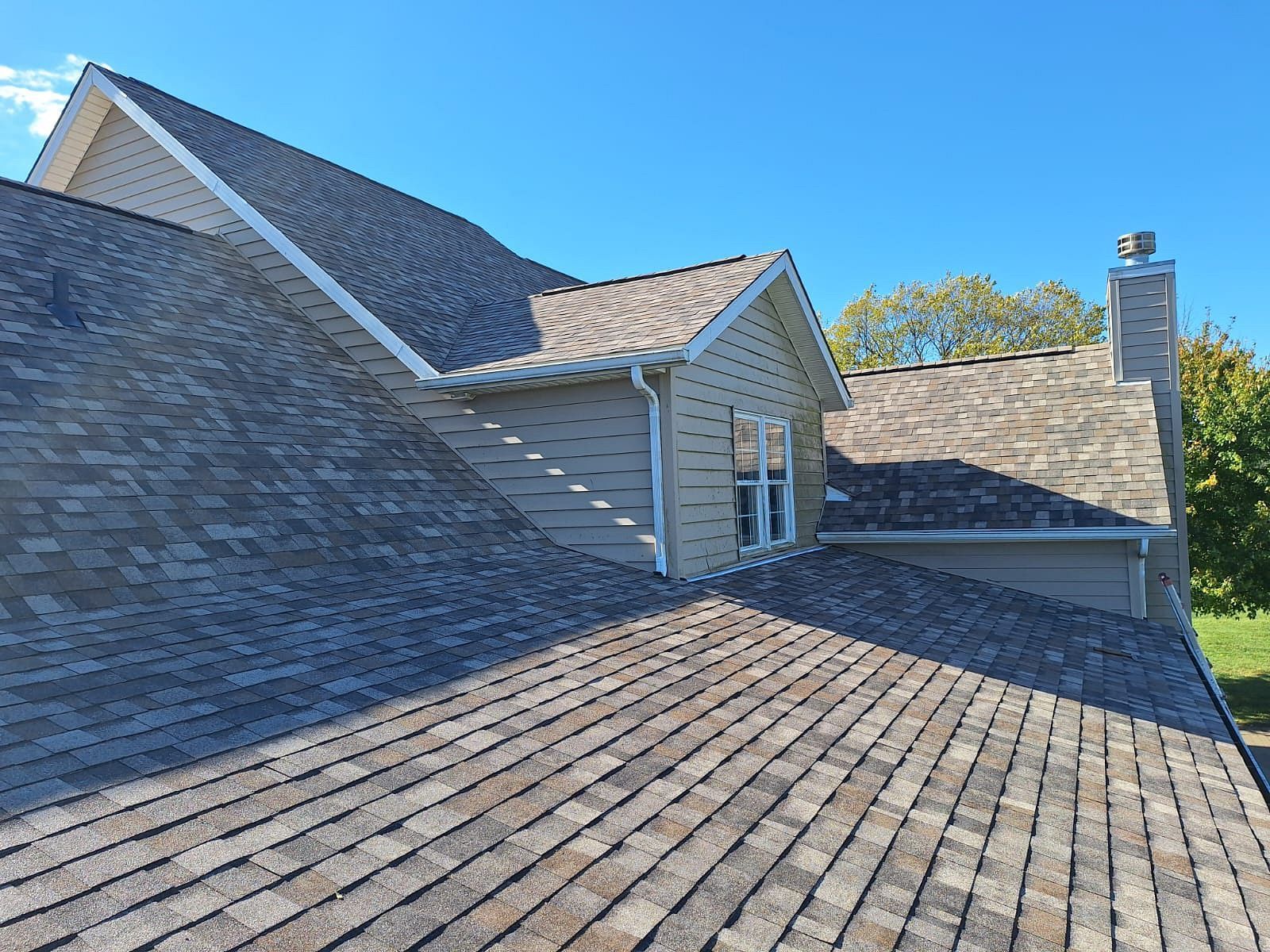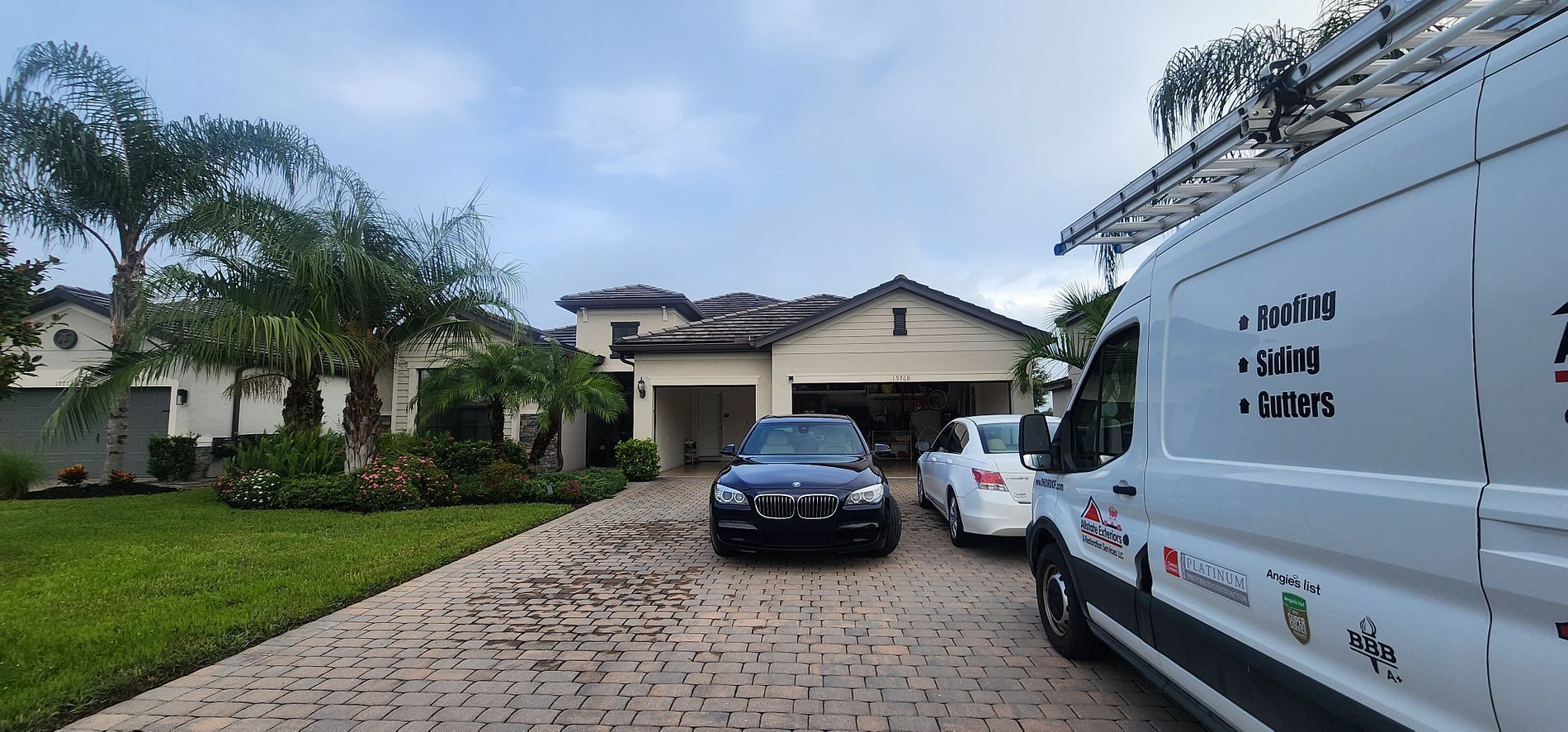Home Exterior Upgrades Can Be Expensive. Is It Possible To Finance Your New Roof & Siding? What Are Your Options?
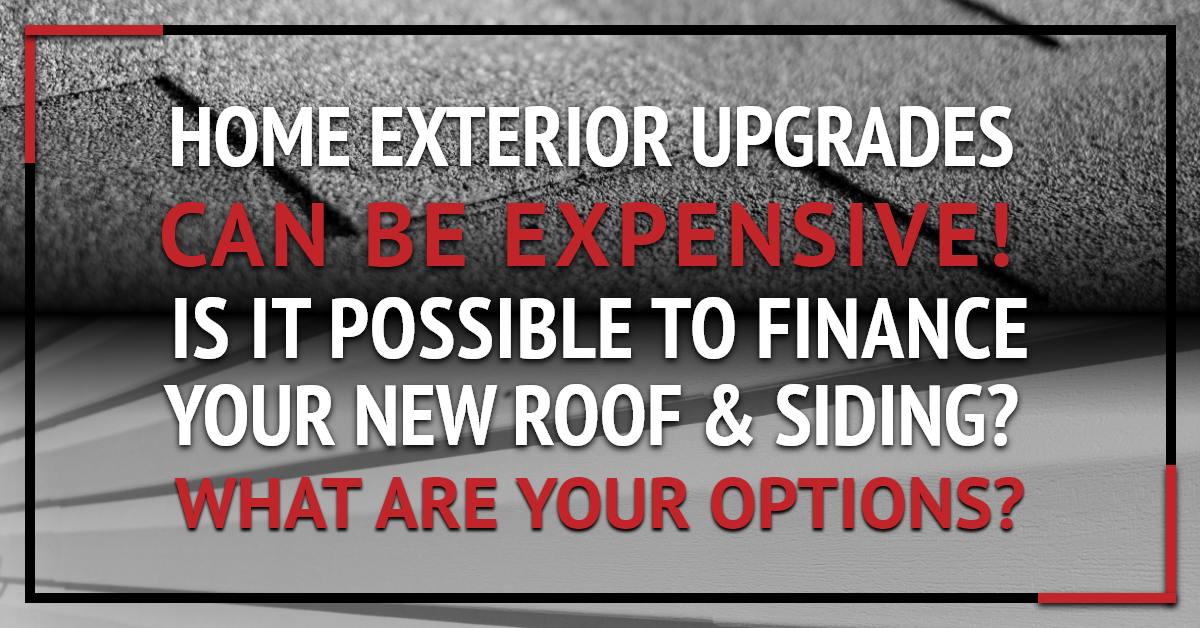
A new roof boosts your home’s value, energy efficiency, and curb appeal. New siding has the same benefits; plus, it can improve your building’s structural integrity and reduce painting and maintenance costs. Professional exterior companies, like Allstate Exteriors, offer roof and siding installation services in exchange for payment. Hiring our services is indispensable for many reasons , including reliability, cost-effectiveness, and safety. Several financing options are available to help you pay for a new roof and siding, including the ones discussed below.
Cash
If you have enough cash at your disposal, paying outright instead of financing your new roof and siding will be within your means. This option is the most convenient for homeowners because it involves fewer documents and processes than other alternatives. Most roofers encourage cash payments by offering discounts to homeowners who choose this financing option. Why? By paying cash, customers help roofing companies to avoid the gateway payments and fees associated with most e-commerce transactions and credit cards. It also reduces paperwork and the time they must wait for payment. Using cash to cover a new roof and siding is also advisable because it attracts zero interest, unlike credit cards and loans.
Personal Loan Financing
Various institutions and platforms offer personal loans, including online lenders, conventional banks, and credit unions. This option is a lifesaver to most people, especially when home improvement projects like roof replacement or new siding installation are involved.
Using a personal loan to pay for a new roof and siding may be a good idea because it comes in a lump sum. This aspect makes it easier for you to cover significant expenses without making countless applications. Most institutions also offer personal loans with minimal documentation and zero collateral requirements. To get a sizable loan in an area like South Florida, you may need a good credit score ( at least 610 ). Also, a lender can request proof of address, income verification, and identification documents. Keep such items within easy reach.
Home Equity Loan
A home equity loan allows you to seek financing and use the equity you have in your home as collateral. Simply put, financial institutions that offer this option let you tap into the value of the financial interest you have in your property.
A home equity loan can help you pay a roofer to install a new roof and siding. Using this financing option is advisable because, compared to alternatives like personal loans, a home equity loan option like a HELOC attracts significantly lower interest rates. Moreover, a home equity loan has predictable payments and potential tax benefits. Most financial institutions offer home equity loans to homeowners who meet specific requirements . These often include a 15% minimum equity and a credit score of 620 or above.
Cash-out Refinance
Did you know you can convert your home equity into cash? All you have to do is opt for cash-out refinancing. Different institutions let you use this financing option, including mortgage companies, credit unions, and banks. Once you’ve converted home equity into cash, you can use the proceedings to pay off any existing mortgage and request a new loan. You can direct the surplus cash towards home improvement projects like installing a new roof or siding.
Choosing cash-out refinancing can be a good move if you want access to a large sum, predictable payments, and reasonable interest rates. But to enjoy this option in South Florida and many other regions, you may need a 20% minimum equity in your home, a good credit score, and income verification.
Credit Card
Most people use credit cards to buy household appliances, electronics, travel tickets, groceries, and fast food. But many don’t know they can use the same financial instruments to pay for a new roof and siding.
A credit card can come in handy when financing your new roof or siding urgently, but you don’t have enough cash or time to apply for a loan. It can also be a lifesaver when other alternatives fail to deliver the necessary financing. Using a credit card to pay your roofer comes with its fair share of benefits. First, you can earn mile points or cashback. It also boosts your purchasing power. Remember, some credit card companies support interest-free cash withdrawals. If you have a credit card with a low-interest rate, this may be an option for you.
Government-Insured Loan
Entities like the Federal Housing Association (FHA) have enabled homeowners to seek government-insured loans for home improvements. One of the government-insured financial solutions you can use to get a new roof and siding is an FHA-insured Title I loan. This option is for low-to-moderate-income homeowners who don’t qualify for a conventional home equity loan but have critical home improvement projects.
You should check out government-insured loans because they have lenient qualification criteria and down payment requirements. For instance, the FHA Title I Property Loans Program has no specific credit score requirements and doesn’t require borrowers to have home equity.
Financing Your New Roof and Siding
You can use many financial avenues to install a new roof or siding. But if you want to enjoy stress-free financing options, let Allstate Exteriors & Restoration Services LLC help you. We’ll guide you through the process and explain your options in a way that is easy to understand.
We are experts in roof and siding installation. Our elite professionals have served thousands of homeowners in many areas, including the Columbus Metropolitan Area. Contact us today and get a free, no-obligation estimate.
The post Home Exterior Upgrades Can Be Expensive. Is It Possible To Finance Your New Roof & Siding? What Are Your Options? appeared first on .
